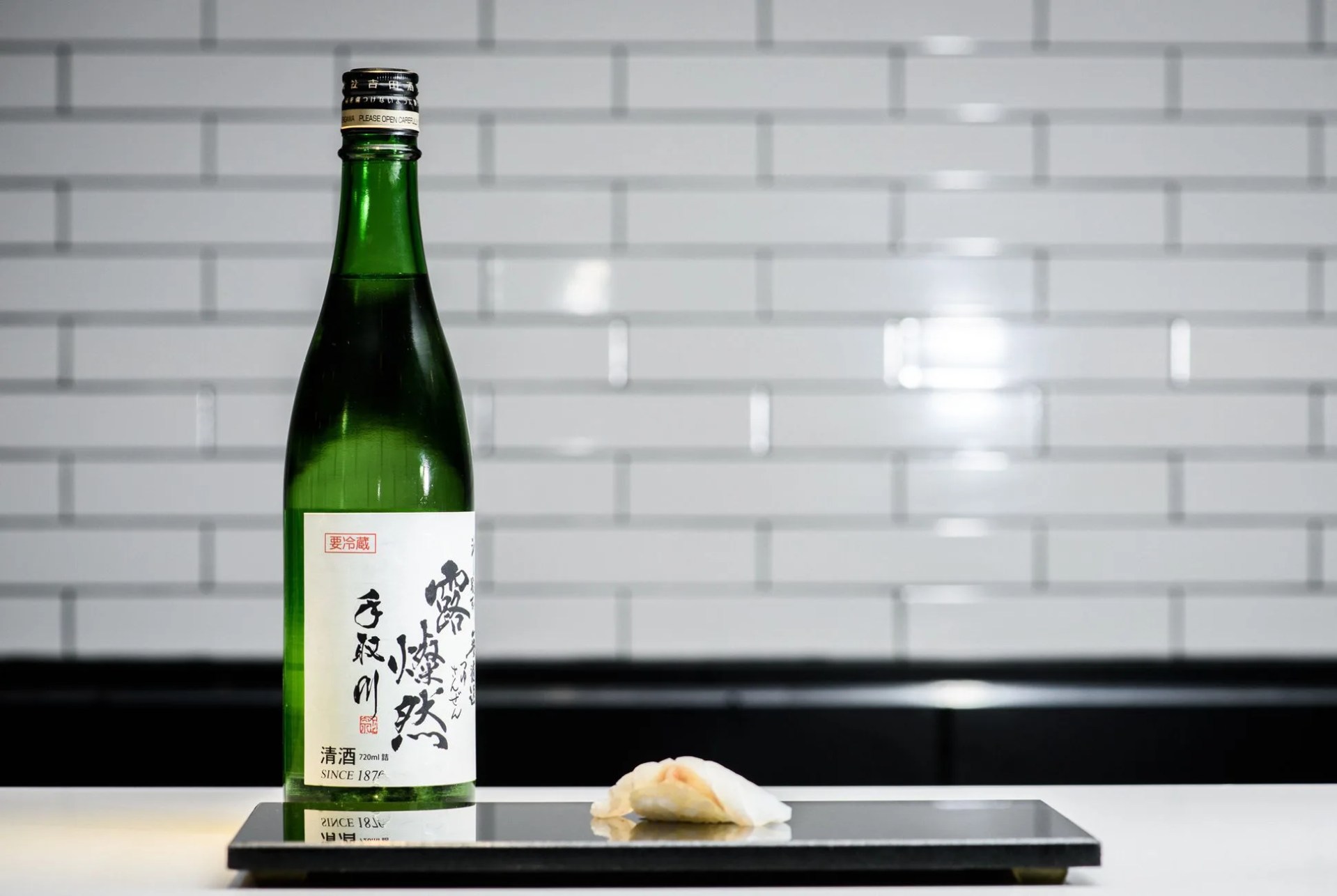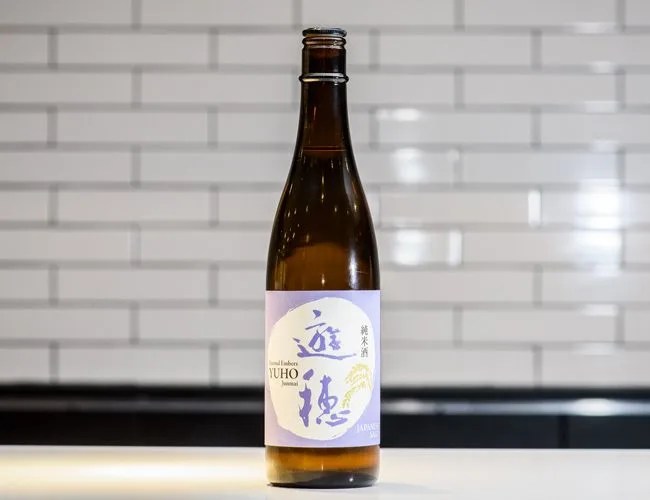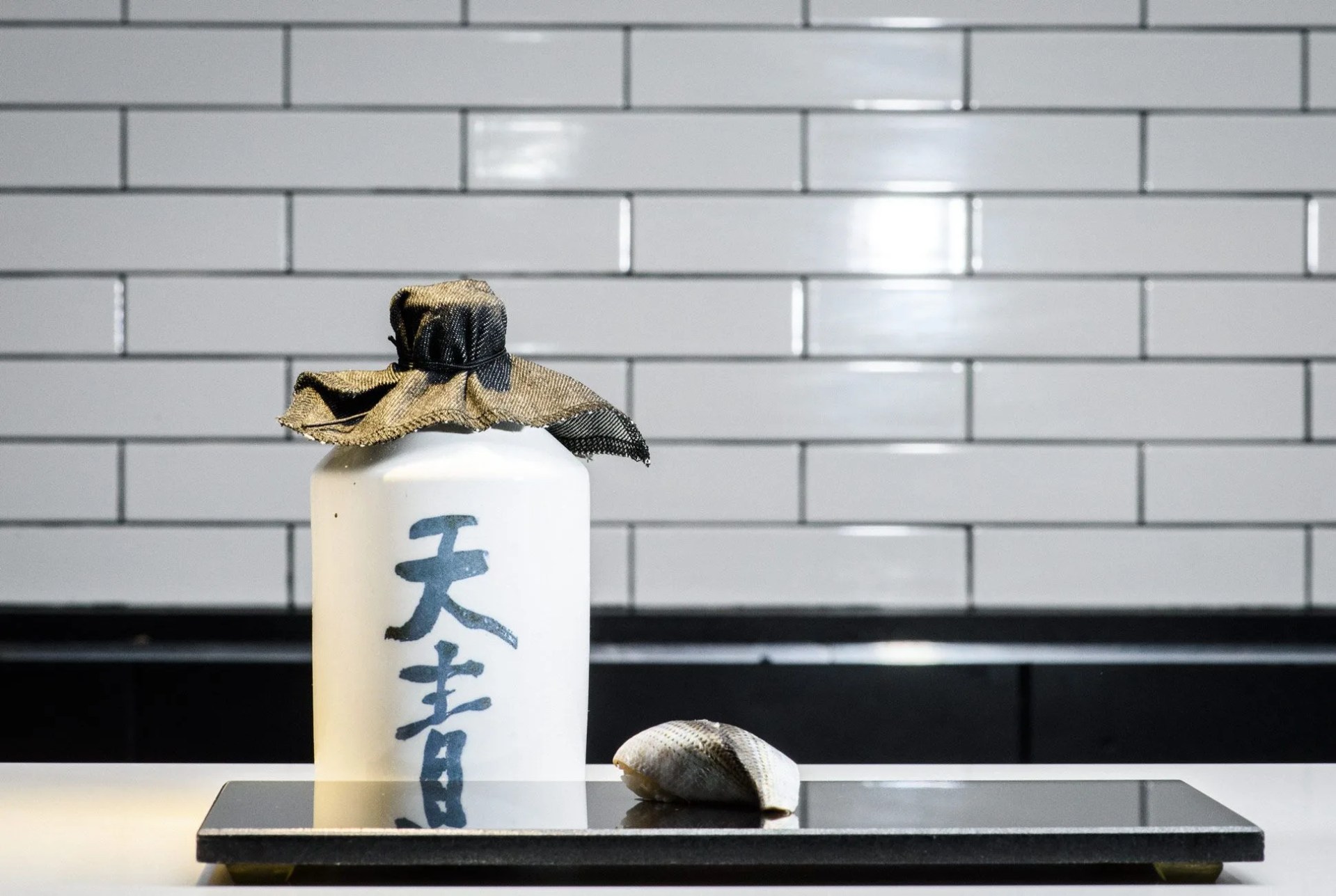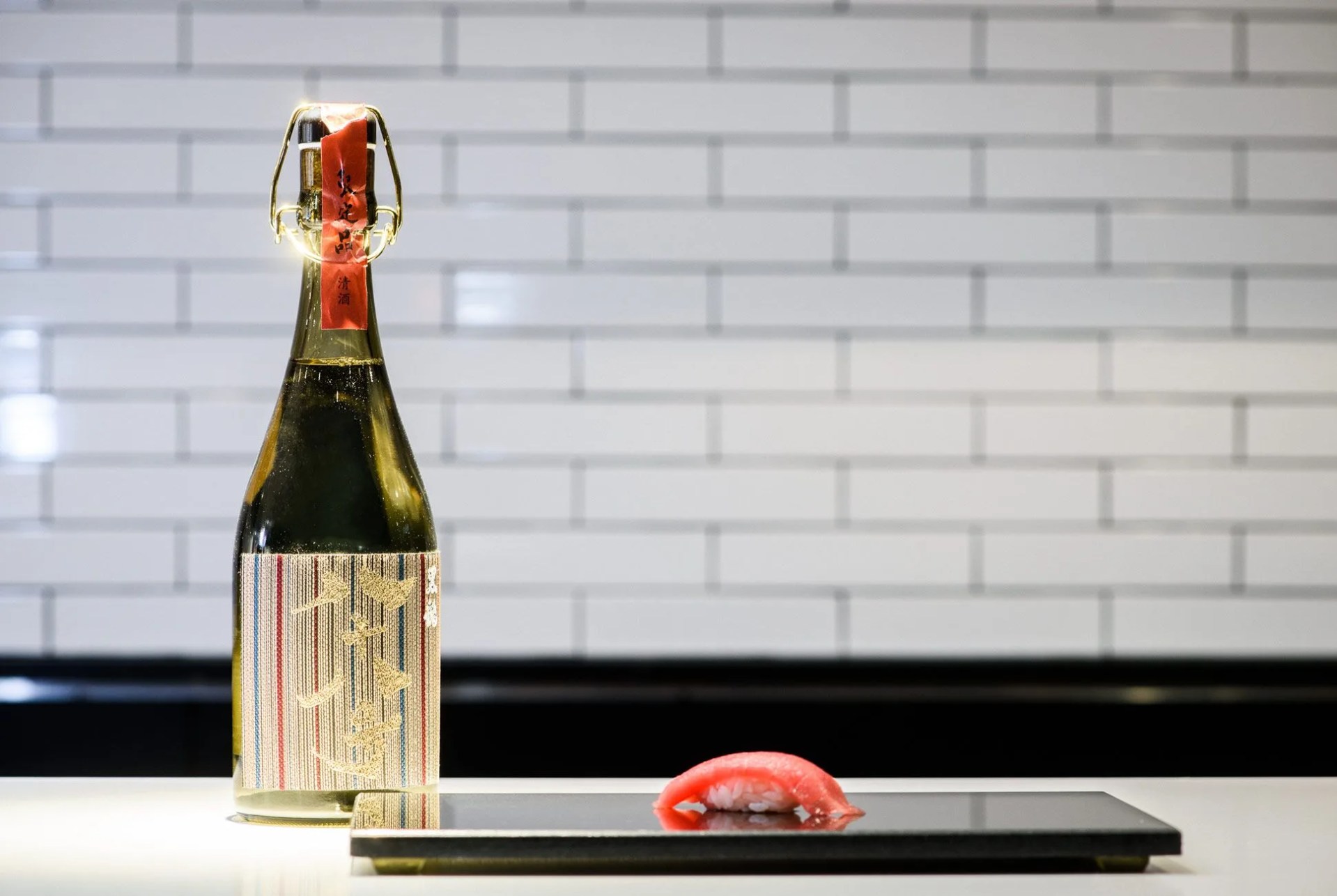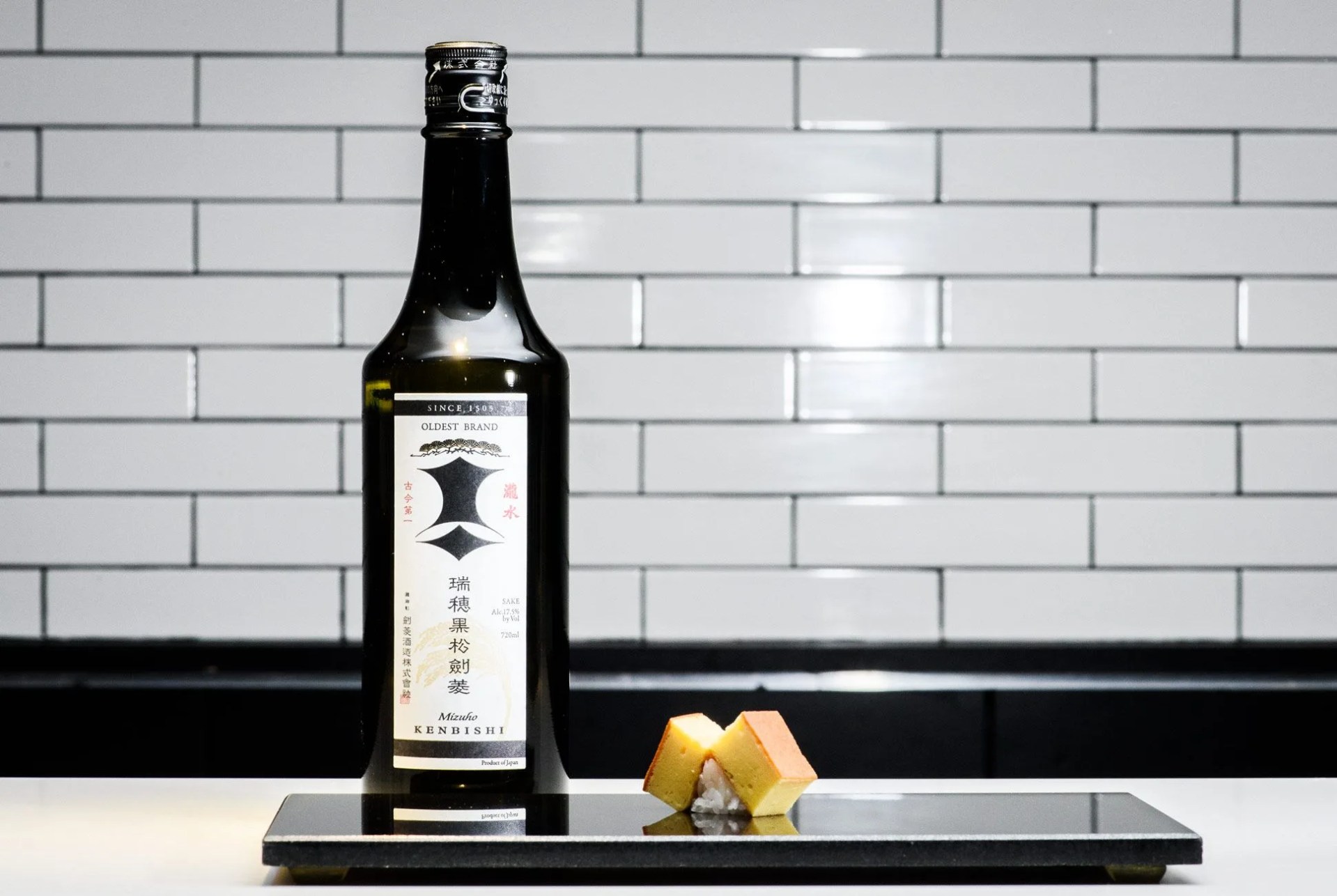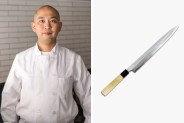For the uninitiated, sake is immensely complicated. Whereas wine can be defined by acidity or terroir, sake is an expression of each individual producer’s style and raw material. “There are a few regions where water plays an important role, but overall, you have to remove any sort of preconceived notion of what a sake from a particular region should taste like,” says Garrett Smith, certified sommelier and beverage director of New York’s Sushi Nakazawa. “[Sake] is meant to be enjoyed like a fine wine, but it plays with a similar palette, in terms of artistry, that you would see in beer.”
In much the same way that beer acquires flavor from a marriage of grains, yeast and hops, sake’s character comes from rice, yeast and koji (a mold spore). The rice strain and milling rate, or how much of a grain’s protein-laden hull has been removed, dictate flavor, while koji most directly relates to mouthfeel, or how sweet or dry a sake will be. “Sake is almost never compared to something like a really dry Sauvignon Blanc, or a dry Chardonnay,” Smith says. “It has a little more texture — a veneer, almost,” citing Marsanne or Viognier wines from France’s northern Rhône valley as comparable in structure.
“I’m here to help people translate what they’ve tasted before.”
To generalize, the flavor spectrum of sake spans fruity to savory (“earthy, spicy, mushroom tones”), with clean, mineral notes landing in the middle. While humans have a propensity to describe the new in terms of the known, comparison falls short in the realm of sake, where each bottle from each maker is singular in taste. “I’m here to help people translate what they’ve tasted before,” Smith explains.
Sampling sake in the context of food can be an effective means of developing an understanding of the spectrum on which sake falls. Much like a full-bodied Cabernet Sauvignon with a hearty steak, different categories of sake can complement various styles of sushi. Think mild whitefish paired with something semi-sweet and floral, or assertive, aged yellowtail alongside a smoky, funky, umami-rich sake.
Sushi Nakazawa is one of the few omakase establishments to offer a sake pairing, which Smith guided us through, explaining what makes each bottle of sake unique and what it’s best paired with. Use it as a jumping-off point for sampling sakes and understanding flavors, rather than a hard-and-fast menu.
Sake Descriptors to Know
Futsushu: Lower-grade (though not necessarily bad) sake, comparable to a table wine.


